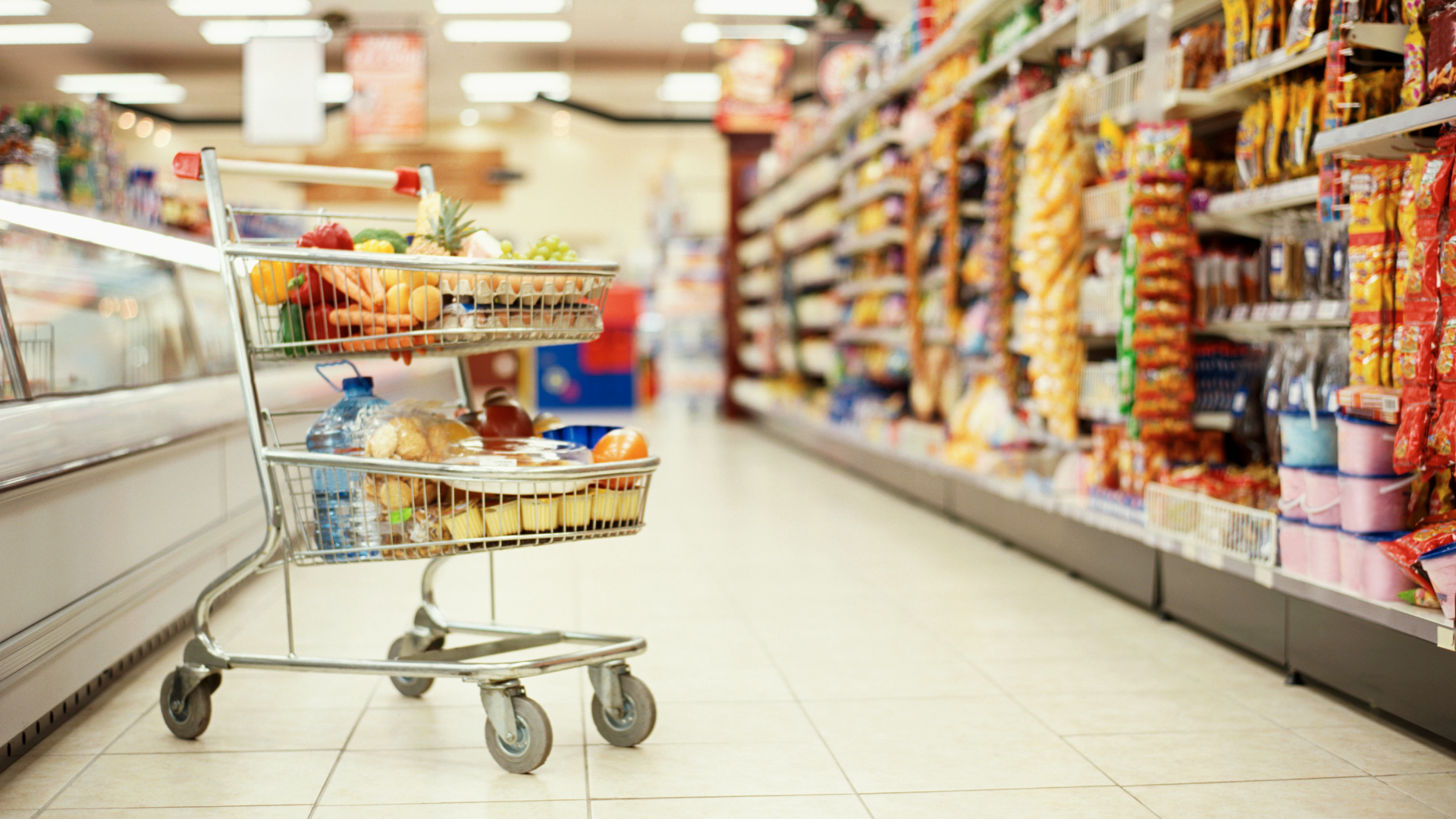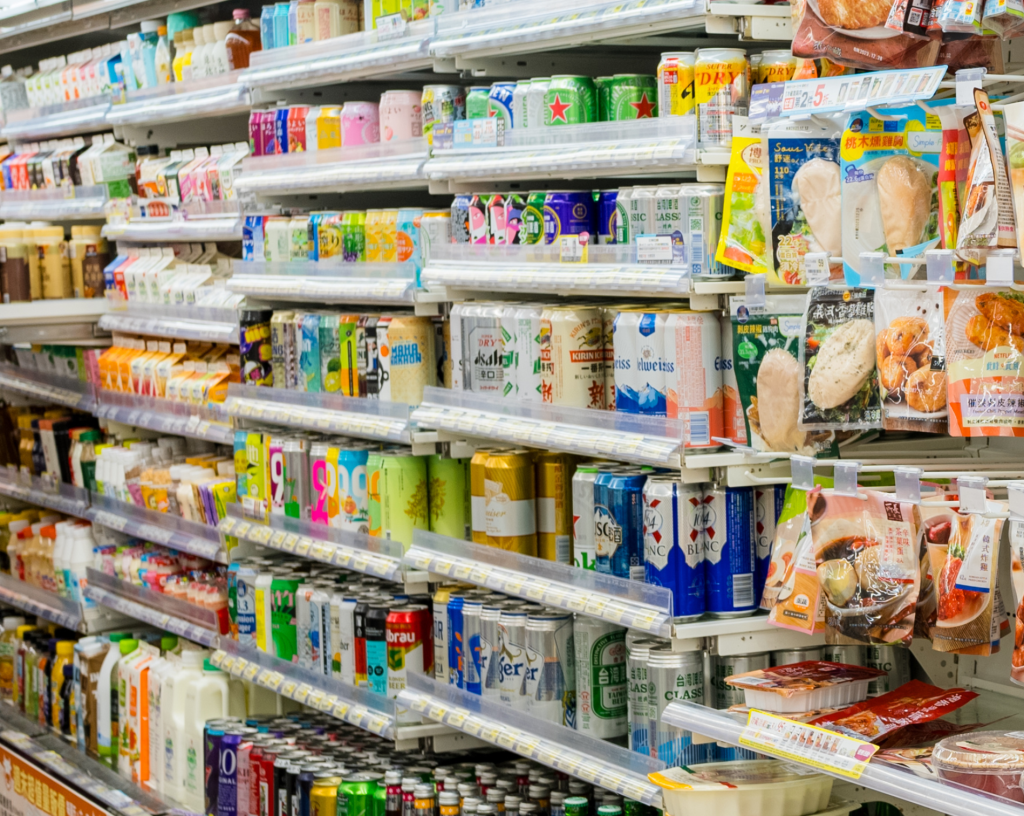Contact Us
Phone: (+60) 3-8961 8888
Whatsapp (+60) 12-9177383
Lot 1852, Jalan KPB 8, Bukit Belimbing, 43300 Balakong, Selangor Darul Ehsan, Malaysia

Retail shelving does far more than hold products. It can quietly guide what customers pick up, how long they browse, and how much they spend. The good news is you don’t have to rely on guesswork. The data you already have, from sales reports to foot traffic counts, can point you toward smarter, more profitable display choices.
When your shelving layout follows what the data tells you, you’re not just keeping the store neat. You are building a layout that sells more with less effort. So, what does the data say you should do? Let’s break it down.

Not every product deserves the same amount of shelf space. Your sales reports make this clear by showing which products fly off the shelves and which tend to linger.
For example, last August your notebooks outsold pencil cases by 3:1. So why not give them the prime spot on your gondola shelves this year? Or if a particular snack always sells out on Fridays, placing it front and centre just before the weekend can boost sales even more.
When you adjust your retail shelving to match sales velocity (how fast something sells), you’re making sure the bestsellers are always in easy reach. That means fewer gaps, less wasted space, and less running around for your team.
Data is not just in your POS system. It is also in your store’s foot traffic patterns. Whether from observation, sensors, or heat maps, traffic data shows where customers naturally head first.
Place high-margin products along these high-traffic routes. Use gondola end caps for seasonal bestsellers or impulse buys with strong profit margins.
You can also create “power zones” by pairing frequently bought-together items. Think school shoes with socks or pasta alongside sauces. Basket analysis data confirms that strategic pairings encourage customers to pick up more without feeling pushed.


Even the smartest data-driven plan needs fine-tuning. A simple A/B test, such as moving a slow seller to a high-traffic shelf for two weeks, can reveal whether the change drives sales.
In a real-world test in Manchester, a convenience store consolidated its chilled coffee into one fridge with a clean, organized layout, doubling facings from six to twelve. Sales jumped 200%, even though foot traffic stayed the same.
That’s the power of small experiments. Track sales before and after. If numbers go up, make it permanent. If not, adjust and test again. Small, data-backed moves like these improve layouts without disrupting the entire store.
When busy seasons like back-to-school, festive periods, or clearance sales arrive, being prepared makes all the difference. Instead of reacting at the last minute, look back at sales data from similar times in past years. Which products sold fastest? Which needed deeper discounts?
Planning your retail shelving layout around these patterns means you’re ready for customer demand from day one. Many successful stores also keep overflow stock easy to reach in the backroom, so staff can restock quickly without leaving shelves empty for long. Tesco, for example, is known for adjusting its seasonal layouts weeks in advance, ensuring high-demand products are stocked and in the right place before customers even start asking.

In short, data tells you where the money is. When you let it guide your retail shelving decisions, you go beyond keeping things tidy and create a sales-driven layout that adapts to your customers. From assigning shelf space based on sales velocity to placing products where foot traffic is highest, running small tests, and planning for seasonal demand, the numbers don’t lie and neither will your results.
And while data points the way, remember that sturdy, adaptable fixtures are the backbone that keeps your displays looking great and your restocking quick. Together, smart data use and reliable shelving create a retail setup that works harder for your business every day.
